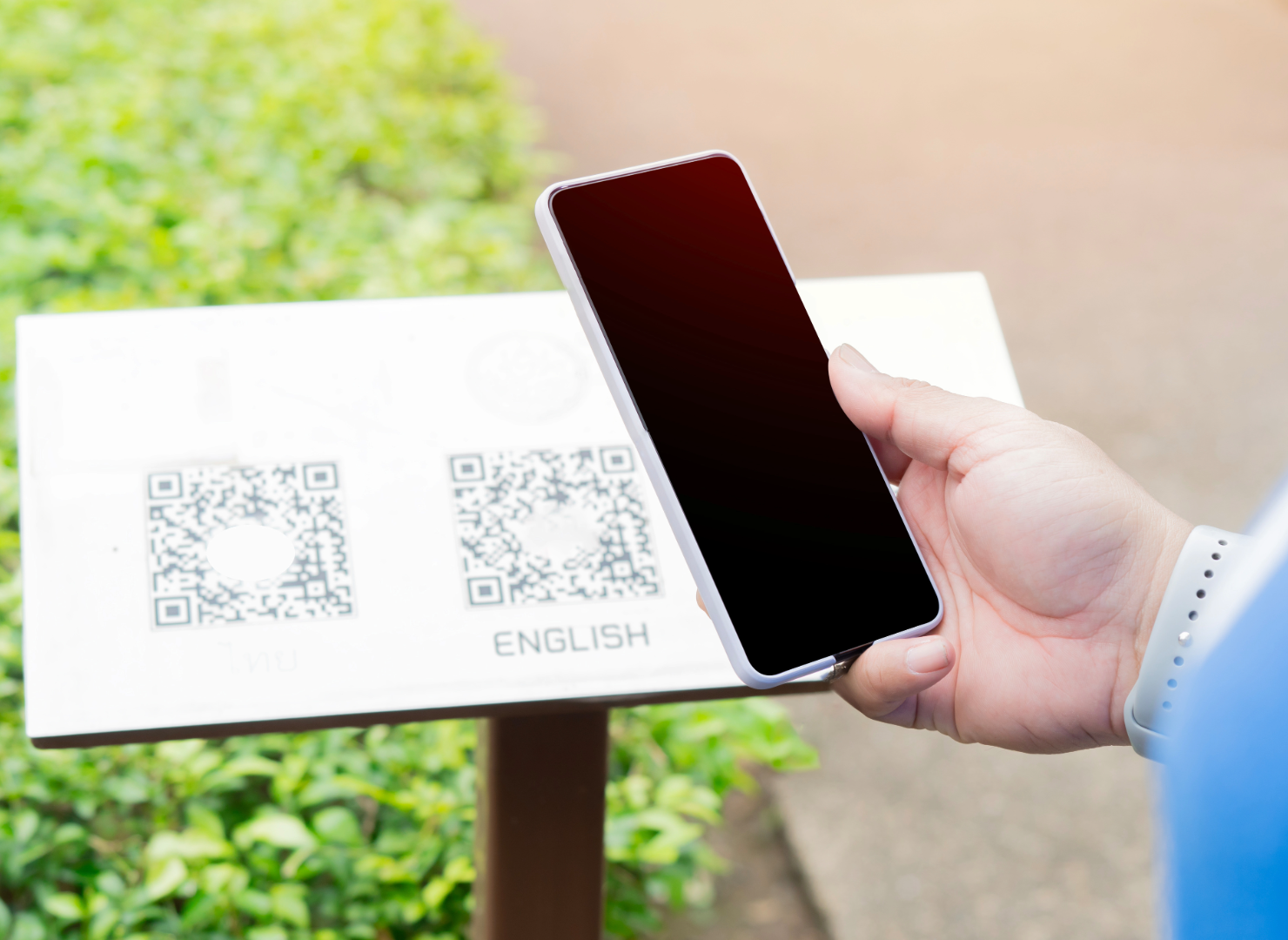Higher education institutions are constantly innovating to engage prospective students, retain current ones, and strengthen alumni relations. One strategy gaining traction is gamification — using game-like elements to incentivize engagement. By transforming interactions into fun, rewarding experiences, schools can boost involvement across key audiences.

The Benefits
Gamification offers numerous advantages, such as increasing engagement by rewarding specific actions like event attendance or social media interaction. This motivates students to actively participate in campus life, fostering deeper connections with peers and faculty. It also builds a sense of community through collaboration and friendly competition. Alumni can stay engaged through virtual events or mentoring programs, while prospective students gain a fun, interactive way to explore the university’s culture. Additionally, gamification allows schools to collect valuable data on preferences and behaviors, helping improve future initiatives.
The Process
A thoughtful, strategic approach is essential to gamification. First, institutions must define clear objectives, such as boosting event participation or increasing alumni donations. Rewards should motivate the audience—whether physical prizes like branded swag or intangible benefits like discounts or recognition.
Challenges are key to the process. For prospective students, challenges might include visiting utilizing key student recourses, posting selfies, or engaging on social media to earn rewards. These programs could help orientate incoming freshmen, and encourage cross-departmental networking for upperclassmen, or incentivize alumni to volunteer. Integrating progress tracking via apps or digital platforms can allow participants to easily monitor their achievements and points.

Integrating Print and Traditional Marketing
Print materials and traditional marketing can further enhance engagement. QR codes on posters, brochures, or maps can be scanned to unlock exclusive content or participate in challenges. Signage and banners around campus can advertise competitions, where students earn points by attending events or scanning codes. Direct mail with puzzles or interactive elements can re-engage alumni, while printed missions can guide prospective students through a gamified campus tour.
Leaderboards displayed in high-traffic areas can visually highlight top participants, fostering healthy competition. Promotional efforts should span multiple platforms—social media, email, campus announcements, and print materials—to ensure widespread awareness.

Achieving Engagement
Examples of successful gamification include social media challenges, where prospective students engage with content for a chance to win university swag, or points systems that reward current students for attending events. Alumni engagement can be strengthened with gamified referral programs, offering points redeemable for prizes. Digital scavenger hunts with QR codes placed around campus and timed check-ins can offer rewards like lunch with faculty or reserved parking.
In conclusion, gamification presents a unique opportunity to engage audiences in higher education. By incorporating both digital and traditional campaign elements, universities can create interactive, rewarding experiences that forge lasting connections with prospective students, returning students, alumni, and donors.
If you are interested in how the Liberty Creative Solutions Team can assist you in ideating and implementing a program that utilizes the strategy of gamification, reach out to us today!
Email: Info@libertycreativesolutions.com or Call: 708.633.7450






